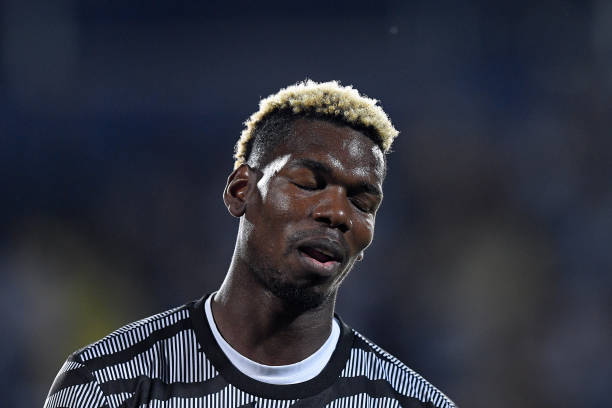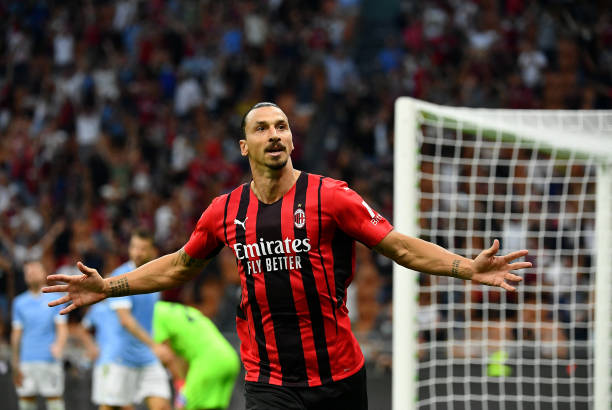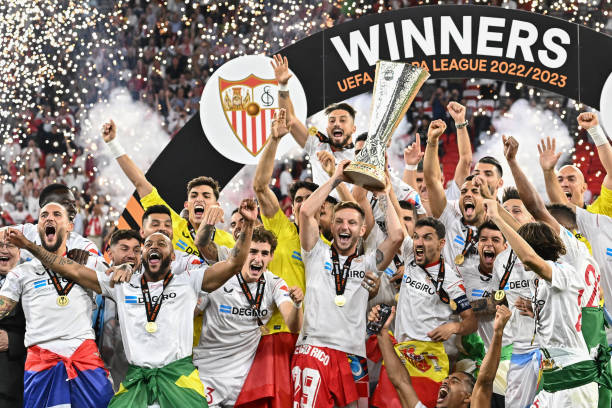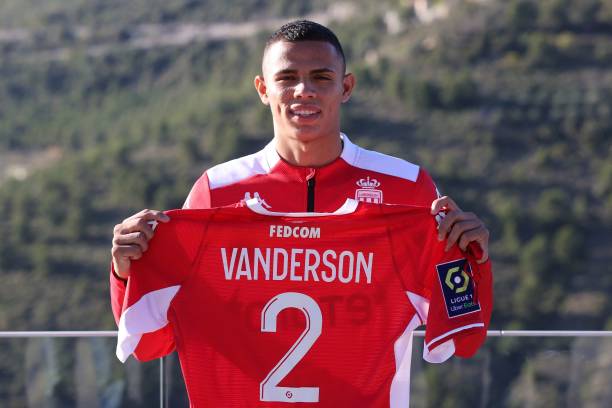
Success in football can be measured in a lot of different ways. It can be easy to say that you want your team to challenge for every single trophy out there and win them all, but the reality is that not every club aims for the same goal due to their resources, the players at their disposal or, even more important, the fact that they are constantly forced to sell their finest talents.
This last part has a lot to do with the protagonists of this article, French football club AS Monaco and their fascinating business model.
It’s no secret that the Ligue 1 has been widely dominated by Paris Saint Germain and their oil money for more than a decade now. It’s a fact and one that has harmed the league’s competitive and commercial viability, which is only natural that other teams find their own ways to compete and to be successful in their own way. This is something that Monaco have done.
Russian oligarch Dmitry Rybolovlev bought the majority of the club back in December of 2011, back when the club was struggling in the French second division. While Monaco have been considered one of the biggest clubs in France for a lot of decades, the reality is that those years were not kind for the institution and the new owner was determined to change that, which is why he decided to go for a similar route as PSG did around the same time.
Monaco came back to the Ligue 1 division with a lot of star signings such as James Rodriguez, Joao Moutinho and Radamel Falcao, but this system proved to be quite unsustainable at the long run and the club decided to cut their losses by doing stuff like loaning Falcao to England for two different spells or selling Rodriguez to Real Madrid after his World Cup exploits in 2014. It seemed like another rich club project doomed to fail, but then Rybolovlev decided to change his approach and this proved to be quite beneficial for him and his club.
Back in 2013, the club hired Luis Campos, a then-novice Sporting Director, to help guide the football side of things. And while the 2013/14 season was more on the Galactico route that PSG had taken a few years prior, after the World Cup in Brazil you started to see Campos’ input and influence within the club, which is something that is felt to this very day.
Nowadays, Campos is regarded as one of the best Sporting Directors in the football world, often revamping clubs through smart, unknown signings to make them title contenders and often selling these players for high sums in the years afterwards. A good example of this in those early days was the sale of striker Anthony Martial to Manchester United back in the summer of 2015; the Red Devils paid 50 million euros plus 30 million in add-ons for a 18 year old that already impressed in the Champions League and Ligue 1 the season prior, helping him win the Golden Boy that year.
This business model would reach its particular zenith in the 2016/17 season as the club went on to win the Ligue 1 and reach the Champions League semifinals. That Monaco side was featuring the likes of Kylian Mbappe, Fabinho, Bernardo Silva, Thomas Lemar, among many others, and with the vast majority of them being sold in the next two summers by very high sums.
This was a project and an approach to the game that proved to pay dividends for Monaco at the time. They knew they couldn’t compete with PSG by having the same approach, so they decided to do something a little bit different and while they haven’t won the league since 2017, the reality is that the team is always challenging for European places locally and developing some interesting talents.
Even though Campos left Monaco for Lille in that very summer of 2017, his impact is felt to this very day and he has become synonymous with this transfer strategy. It has become Monaco’s strength: signing young, unproven talent and mix them with veteran players that can add a bit of experience to the fold. This is a strategy that has given the club a degree of stability through the hard times and also gave young players a series of mentors to learn from.
This is something that the club is doing even now. For example, last summer they managed to sell talented young French midfielder Aurélien Tchouaméni, who they signed from Bordeaux back in January of 2020, to Real Madrid by a staggering sum of 80 million euros that can rise to 100 million if certain clauses are met. This is the kind of business that Monaco are doing: maximizing the selling nature of Ligue 1 while adding a clinical eye when it comes to making signings.
A talented fullback in their current squad, the Brazilian Vanderson, is already a target for the likes of FC Barcelona and Manchester United despite the fact that Monaco only signed him back in January of this very year, which goes to show how much the club takes these things seriously. This is what helped overcome the hardships of COVID when a lot of Ligue 1 sides were struggling at the time, so it is also key for their survival.
It’s hard to say where are AS Monaco heading with this approach in the coming years, but it is very hard to argue with the results in recent seasons as they have found sporting stability plus a lot of financial wealth through smart scouting plus giving young players a healthy platform where they can grow and develop. This is a pivotal aspect of their club since almost a decade and it has proven to be a very different approach to what rich owners tend to do in football when they are starting out.
Success can be viewed in a lot of different ways and Monaco’s business model is certainly a success story.

Must See
-
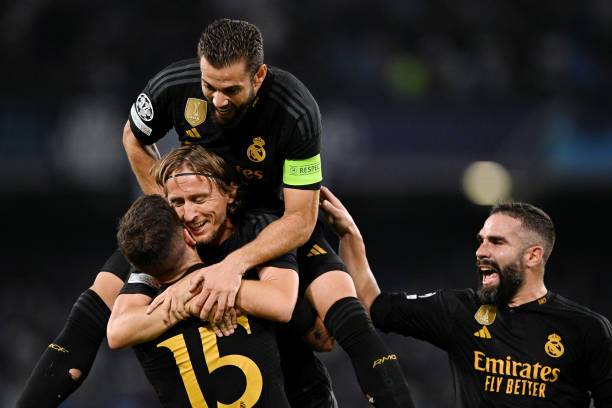

Champions League
/ 9 months agoChampions League – Matchday 2
Almost in the blink of an eye we reached the second day of the...
-
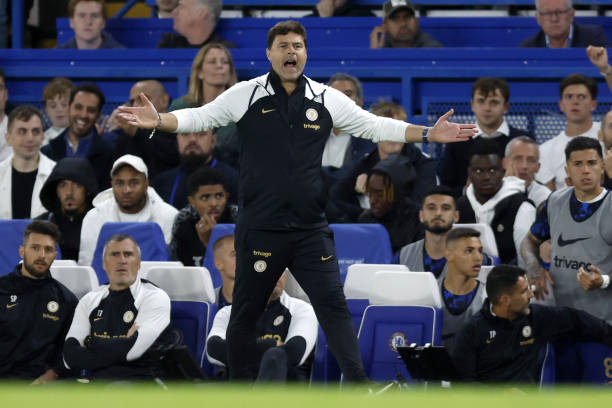

Premier League
/ 9 months agoThe bad start for Poch’s Chelsea
Since Todd Boehly’s arrival as club owner in the summer of 2022, Chelsea have...
-
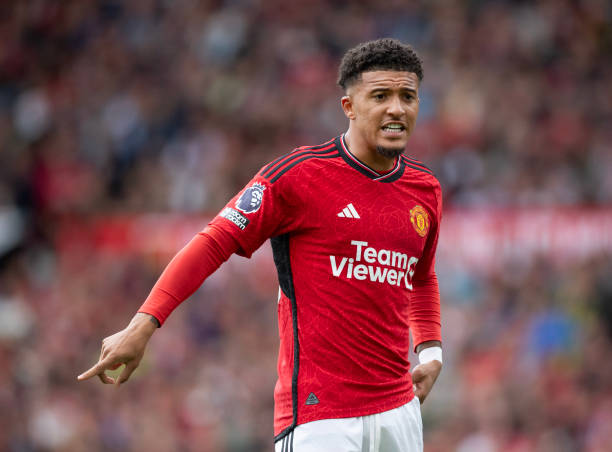

Premier League
/ 9 months agoJadon Sancho’s feud with Erik Ten Hag continues
Manchester United winger Jadon Sancho’s time at Old Trafford has been torrid, to say...
